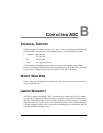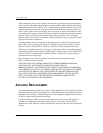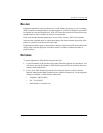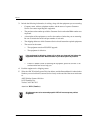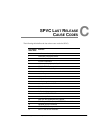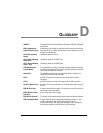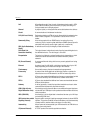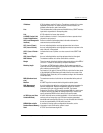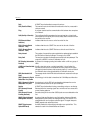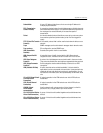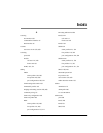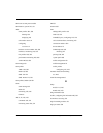
Avidia System Configuration and Management User Manual 611
D
GLOSSARY
10BASE T The Institute of Electrical and Electronic Engineers (IEEE) 802.3 Ethernet
Specification.
ADSL (Asymmetrical
Digital Subscriber Line)
A technology in which data is transferred from the service provider to the
subscriber at up to 7.5 Mbps, and transferred from subscriber to service
provider at up to 928 kbps.
AIS (Alarm Indicating
Signal)
Indicates an alarm on the line.
AIS-L (Alarm Indicating
Signal-Line)
Indicates an alarm on the SONET line.
AIS-P (Alarm Indicating
Signal - Path)
Indicates an alarm on the SONET path.
ATM (Asynchronous
Transfer Mode)
A high bandwidth, low delay, connection-oriented, packet-like switching
and multiplexing technique that uses 53-byte fixed-size cells to transmit
voice, video, and data over a network.
Attenuation The dissipation of the power of a transmitted signal as it travels over
copper wire, measured in decibels (dB).
ATU-C An ADSL Transceiver Unit at the service provider end of an xDSL
connection.
ATU-R An ADSL Transceiver Unit at the remote end of an xDSL connection.
BIP Error (Bipolar Error) An error in which two consecutive "one" bits of the same polarity occur on
the line.
BER (Bit Error Rate) A measure of transmission quality. It is the ratio of error bits to the to the
total number of bits transmitted.
BPDU (Bridge Protocol
Data Unit)
A unit of data sent across a bridge.
BPS (Bits Per Second) The number of bits transferred during each second of data transmission.
CBR (Constant Bit Rate) A traffic class that carries a guaranteed constant bandwidth. It is best
suited for applications that require fixed bandwidth, such as
uncompressed voice, video, and circuit emulation. CBR is a Quality of
Service class defined by the ATM Forum for ATM networks.



